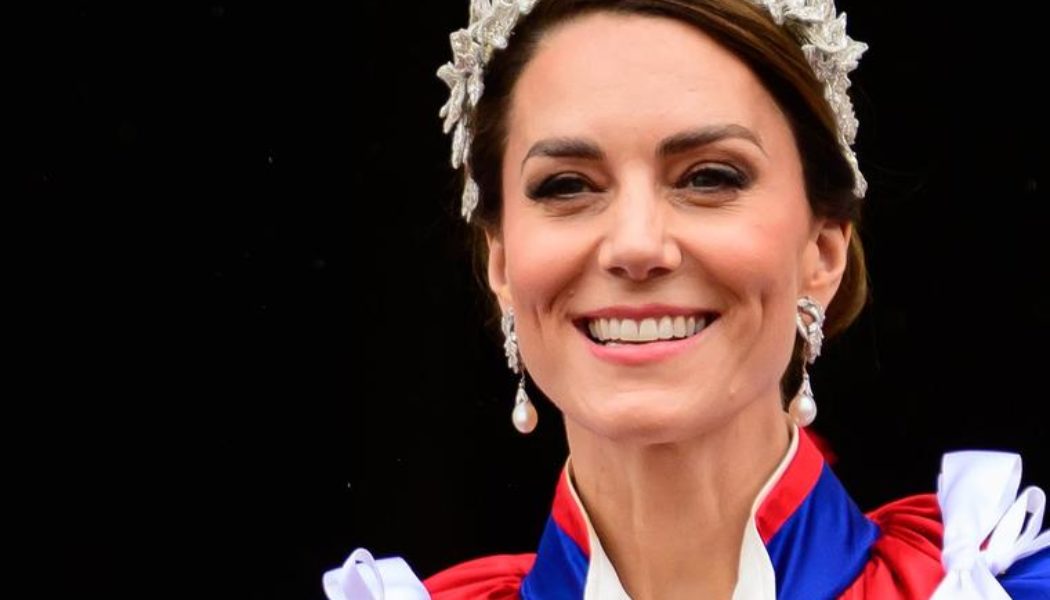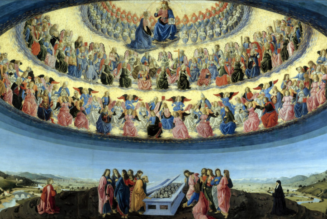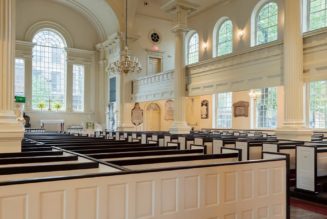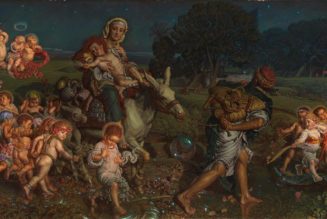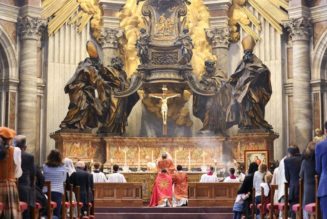
As St. John Paul II prayed, ‘Dear friends who are ill, may the Holy Virgin present to her Son the offering of your sufferings, in which Christ’s face on the cross is reflected.’
The monarchy is a fixture of life in Britain. We record our history through the reigns of monarchs; we prefix, where appropriate, our public institutions with a royal title; and we follow the lives of prominent members of the royal family with genuine affection, a sense of pride, and sometimes almost-fanatical interest.
The death of Her Majesty Queen Elizabeth II left us all feeling bereft, and the formal proclamation of King Charles III had a reassuring note of formality and unchanging tradition. I happened to watch it from a bridge across the Thames, accompanied by seminarians from the Westminster diocesan seminary at Allen Hall, with whom I was taking part in a long-planned “History Walk.” The pounding of the guns, with the sound reverberating across the city and the smoke drifting across the water, brought not only solemnity but a sense of continuity: here was Britain, with a new chapter opening, and that sense that we were marking it to remember in years to come.
Thus, when the news was announced this year of the king receiving treatment for cancer, followed by the separate news of Princess Catherine going into the hospital for surgery, there was a sense of shock, along with the natural sympathy aroused. Then, when with characteristic dignity and naturalness, the princess announced that she, too, needed cancer treatment, it truly felt as though all our hearts opened up — and there was, across the country, a wave of love and affection on an unprecedented scale. It has brought people together: from prayers in churches to huge numbers of email messages and letters and cards on their way to Kensington Palace, and an extraordinary sense of unity as people talk and express concern and love in conversations in shops and at bus stops and in neighborly encounters.
Princess Catherine is not only hugely popular but is seen, along with Prince William, as representing something central and beautiful and good: a happy family life with a spirit of service and a belief in trying to do what is right.
There will be many, many prayers going up. The king’s coronation brought home the fact that our country’s constitutional arrangement is centered on a Christian monarchy. The princess is not just a public figure — she is our future queen, and she is raising the next generation. This gives us a sense of unity as a nation that is well beyond politics and the — today, worryingly bitter and acrimonious — “culture wars.” It links us to our history and points us always in the direction of seeking the common good. The princess herself has become more and more popular, as she has, over the years, gracefully made her role come alive with charm, good humor and poise. She is much loved.
At the busy London parish where I attend Mass, we list — as parishes do across the world — all those who are sick and have asked for our prayers. From the day the king’s illness was first announced, he has been listed, along with all our own ailing parishioners. Now, Princess Catherine is added, too. Our story — as a parish, as a community, is bound up with theirs. On Easter morning the world’s media will show the king going to a church service at Windsor. We will be glad to have that relayed to our homes, and, somehow, we know that the bond we have with him is indeed sacred, centered on something precious in a country with Christian roots that are deep and need to be constantly renewed.
This Holy Week, we Brits pray for King Charles and Princess Catherine and for all who are sick.
As St. John Paul II prayed, “May the Mother of Jesus … hear the cry of this great suffering, dry the tears of those in pain and be at the side of all the world’s sick. Dear friends who are ill, may the Holy Virgin present to her Son the offering of your sufferings, in which Christ’s face on the cross is reflected.”
